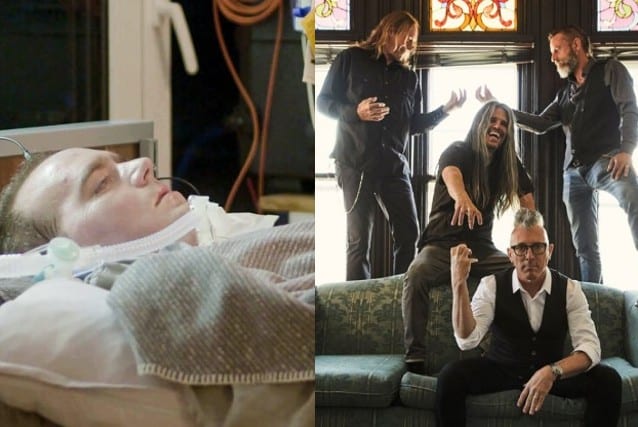A new Science.org article writes in-depth on the impact of a new brain implant on ALS patients suffering from complete paralysis. The feature also reveals that one of the participants used his new implant to express his desire to listen to the band TOOL loudly.
Amyotrophic lateral sclerosis, better known to most as ALS, quite commonly takes away people’s ability to communicate. The neurological disorder eventually causes sufferers to lose complete control of their muscles and ability to communicate on nearly every level. However, a new implanted device is allowing patients the chance to converse with other people.
According to the article, a 36-year-old male suffering from ALS started to work with a research team at the University of Tübingen in 2018, when he was still able to move his eyes to communicate. He relayed to the team that he wanted the implant in order to be able to continue conversing with his family.
Two square electrode arrays, 3.2 millimeters in width, were then surgically inserted into a part of the brain that controls movement. When they asked the patient to try to move his hands, feet, head, and eyes, the neural signals weren’t consistent enough to answer yes-or-no questions, says Ujwal Chaudhary, a biomedical engineer and neurotechnologist at the German nonprofit ALS Voice.
After three months of no communication, despite their best efforts, the team tried neurofeedback where an individual attempts to modify their brain signals while getting a real-time measure of whether they are succeeding. An audible tone got higher in pitch as the electrical firing of neurons near the implant sped up, and lower as it slowed down.
Researchers asked the patient to change the pitch, which he was able to do on the first day. By the twelfth day, he could match it to a target pitch. “It was like music to the ear,” Chaudhary recalled.
With the ability to move the tone, it allowed for the patient the ability to answer “yes” or “no” questions concerning a group of letters, therefore creating actual sentences. Among his first messages were “I would like to listen to the album by Tool loud,” “I love my cool son,” and “Goulash soup and sweet pea soup.”
Oregon Health & Science researcher Melanie Fried-Oken stated, “It’s so cool.” But she noted, “We’re nowhere near getting this into an assistive technology state that could be purchased by a family.”

